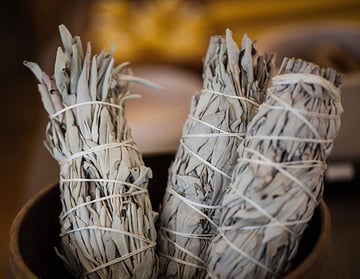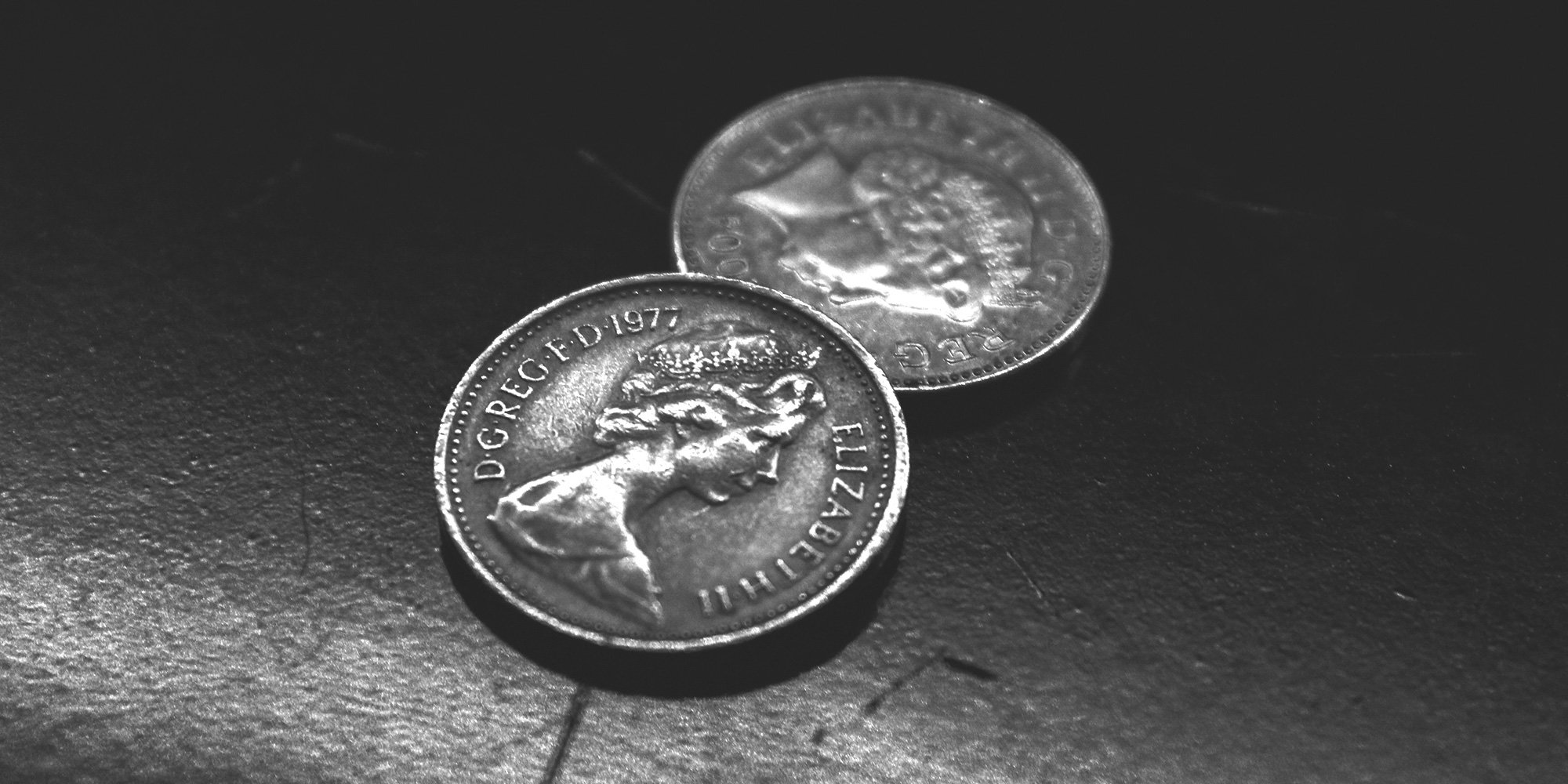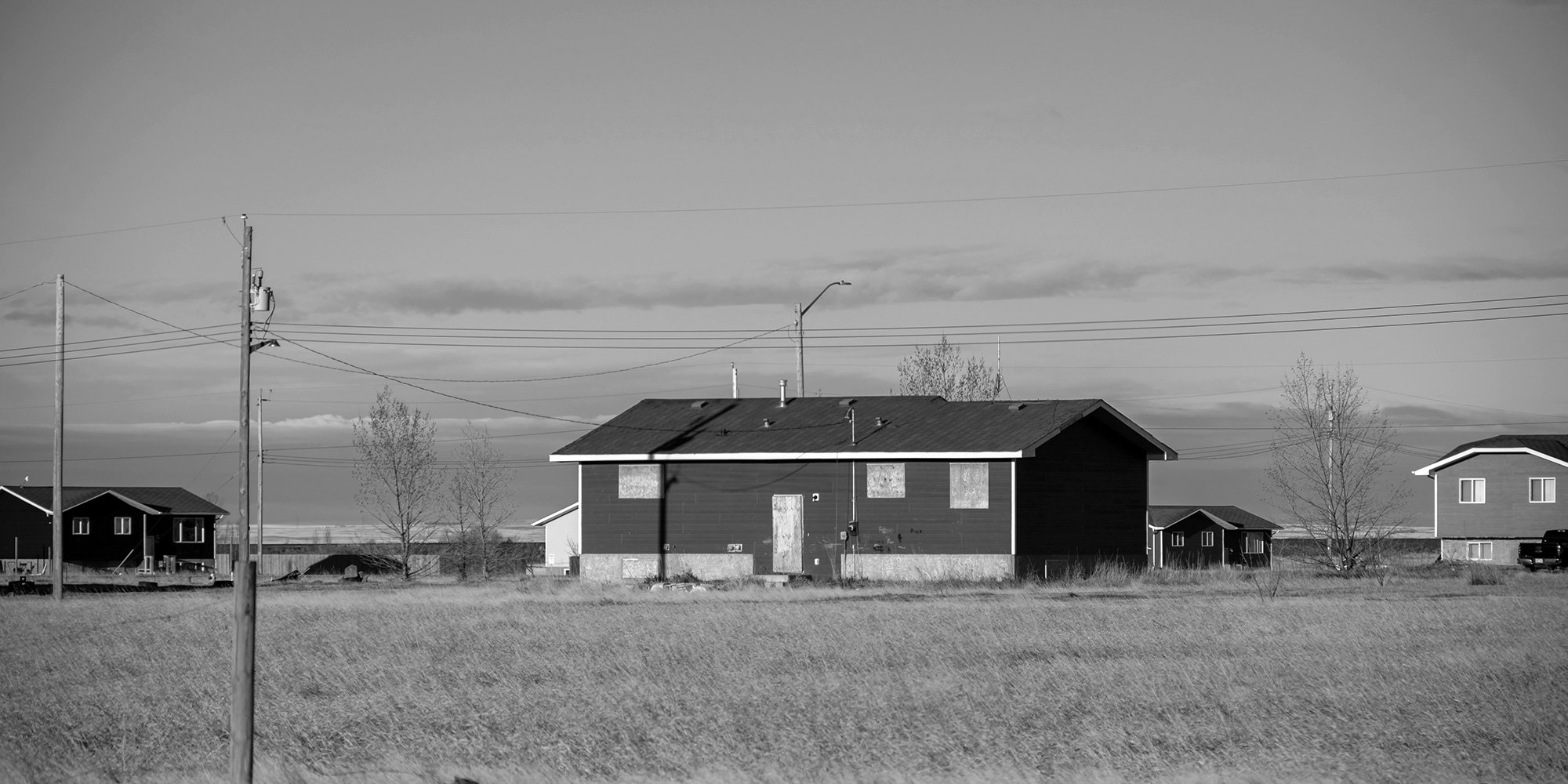Lower Income - #4 of 8 Key Issues for Indigenous Peoples in Canada
Indigenous Canadians earn about 70 cents for every dollar made by non-Indigenous Canadians, according to Canada's income data. This is a very...
5 min read
Bob Joseph January 03, 2023

The enjoyment of the highest attainable standard of health is one of the fundamental rights of every human being without distinction of race, religion, political belief, economic or social condition.
World Health Organization (WHO)
This article looks at the historical and ongoing physical and mental health disparities between Indigenous people and other Canadians. Understanding the root of the disparities requires familiarity with the history of Indigenous Peoples in Canada.
Before contact, Indigenous Peoples led sustainable lifestyles developed over millennia. They generally had good health supported by traditional foods, healing practices, and cultural and ceremonial protocols.
In 1492, when Christopher Columbus arrived in the Americas, there were “approximately 100 million Native Americans - a fifth, more or less, of the human race.” [1] The ensuing influx of first European explorers and then settlers introduced viruses and bacteria (smallpox, measles, typhus, syphilis, cholera) to which Indigenous Peoples had never been exposed and therefore had neither immunity nor traditional medicines to heal the infected. By the 1600s, between disease and warfare, Indigenous Peoples' dieoff was so extreme it caused a cooling of the Earth’s climate.
In 1876 the Indian Act was introduced in Canada with its ultimate goal “to get rid of the Indian problem” [2] through assimilation into the dominant European culture.
The Indian Act impacted health in the following ways:
The physical, sexual, and psychological trauma experienced by survivors of the residential schools continues to impact the physical and mental health of survivors and generations of Indigenous families. Research is underway on how the trauma experienced is carried in the DNA of the survivors and passed down to their children.
Eugenics is the scientifically erroneous and immoral theory of “racial improvement” and “planned breeding,” which gained popularity during the early 20th century. [2]
In Canada, the popularization of eugenics coincided with the Indian Act exerting tighter control over the Indigenous population. Eugenetistists believed the high rates of ill health and poverty in Indigenous communities were due to a lower racial evolution, not colonialism and Indian Act policies.
Both Alberta (1928) and BC (1933) passed sexual sterilization legislation; the Sexual Sterilization Acts were repealed in 1972 and 1973, respectively. In Alberta, “Aboriginals were the most prominent victims of the Board’s attention. They were overrepresented among presented cases and among those diagnosed as ‘mentally defective.’ Thus they seldom had a chance to say ‘no’ to being sterilized.” [3] The characterization of Indigenous women as “unfit” mothers is the root of the high number of Indigenous children in foster care in Canada. According to Census 2021, 53.8% of children in foster care are Indigenous but account for only 7.7% of the child population.
Forced and coerced sterilization of Indigenous women is ongoing (BILL S-250) and contributes significantly to the degree of distrust Indigenous women have with the healthcare system and healthcare workers.
On the surface, determinants of health are the broad range of personal, social, economic and environmental factors that determine individual and population health. The underlying determinants of health, according to WHO, are:

If you look at the assimilation tactics and the ongoing impacts of the Indian Act in view of the underlying determinants of health, it becomes clear that colonialism is responsible for destabilizing Indigenous health.
Access to healthcare in Canada has become increasingly challenging due to the pandemic. For Indigenous Peoples, access to healthcare has always been a challenging miasma of healthcare systems, jurisdictions, and eligibilities.
While Indigenous people living in urban centres have more readily available access to a range of services, they often experience racial stereotyping, discrimination, and culturally unsafe care. For remotely located communities, the high cost of travel to the nearest medical centre and separation from family and community, on top of the above concerns, makes access financially and emotionally daunting.
Additionally, the Western healthcare model focuses on the patients as individuals, whereas, generally speaking, the Indigenous healthcare model takes a more holistic approach that includes spiritual health and cultural wellness.

Transforming the Canadian healthcare system to include an Indigenous healthcare model is increasingly recognized as key to improving the health of Indigenous people.
In BC, the First Nations Health Authority, formed in 2013, is responsible for the over 200 First Nations in the province. Its goal is to “transform the healthcare system to include traditional healing and cultural practices and to improve the health of First Nations and Indigenous peoples.”
In 2015, The Truth and Reconciliation Commission of Canada's (TRC) calls to action included a call for Indigenous healing practices to be incorporated into healthcare for Indigenous Peoples.
Health #22:
We call upon those who can effect change within the Canadian health care system to recognize the value of Aboriginal healing practices and use them in the treatment of Aboriginal patients in collaboration with Aboriginal healers and Elders where requested by Aboriginal patients"
In 2022, the National Collaborating Centre for Indigenous Health and the Health Arts Research Centre jointly launched a two-year project, Hearts-based Education and Anticolonial Learning (HEAL). HEAL will promote cultural safety and recognize Indigenous knowledge and anti-colonial approaches in health service provision.
Understanding why there are disparities in health and resolving those disparities is vital for the current and future generations of Indigenous Peoples. Here are some hints and tips for healthcare practitioners who want to create a welcoming, culturally respectful space for their Indigenous patients:
If you’re looking for resources related to Indigenous health, check out this site: Indigenous Health & Professional Organizations.
To better understand the root of this and many other issues for Indigenous Peoples, a closer look at the history and impacts of the Indian Act and colonialism is needed. Our Working Effectively with Indigenous Peoples® training has helped thousands of individuals and organizations better understand Indigenous history, culture and how the Indian Act affects Indigenous Peoples today.
[1] Wright, Ronald, Stolen Continents: The “New World” Through Indian Eyes (Toronto: Penguin Books, 1993) 4.
[2] Joseph, Bob, 10 Quotes John A. MacDonald Made About First Nations, Working Effectively With Indigenous Peoples blog
[3] World Health Organization, The Right To Health, Factsheet No. 31
Featured photo: Unsplash

Indigenous Canadians earn about 70 cents for every dollar made by non-Indigenous Canadians, according to Canada's income data. This is a very...

When we prepare an article for our blog, Working Effectively with Indigenous Peoples®, we put considerable thought into the title - how will it...

Indigenous People face the worst housing outcomes in the country. Hon. Marc Miller, Minister of Crown-Indigenous Relations [1] To understand the...